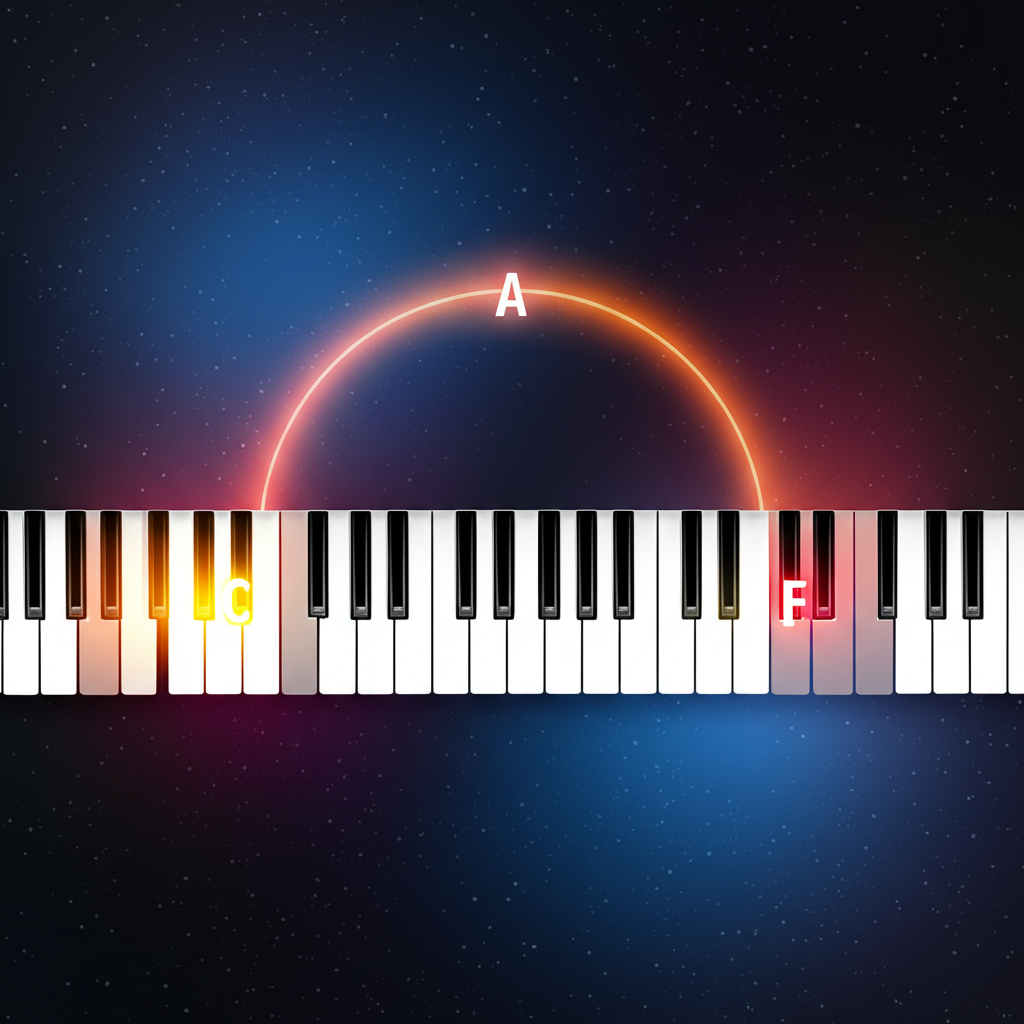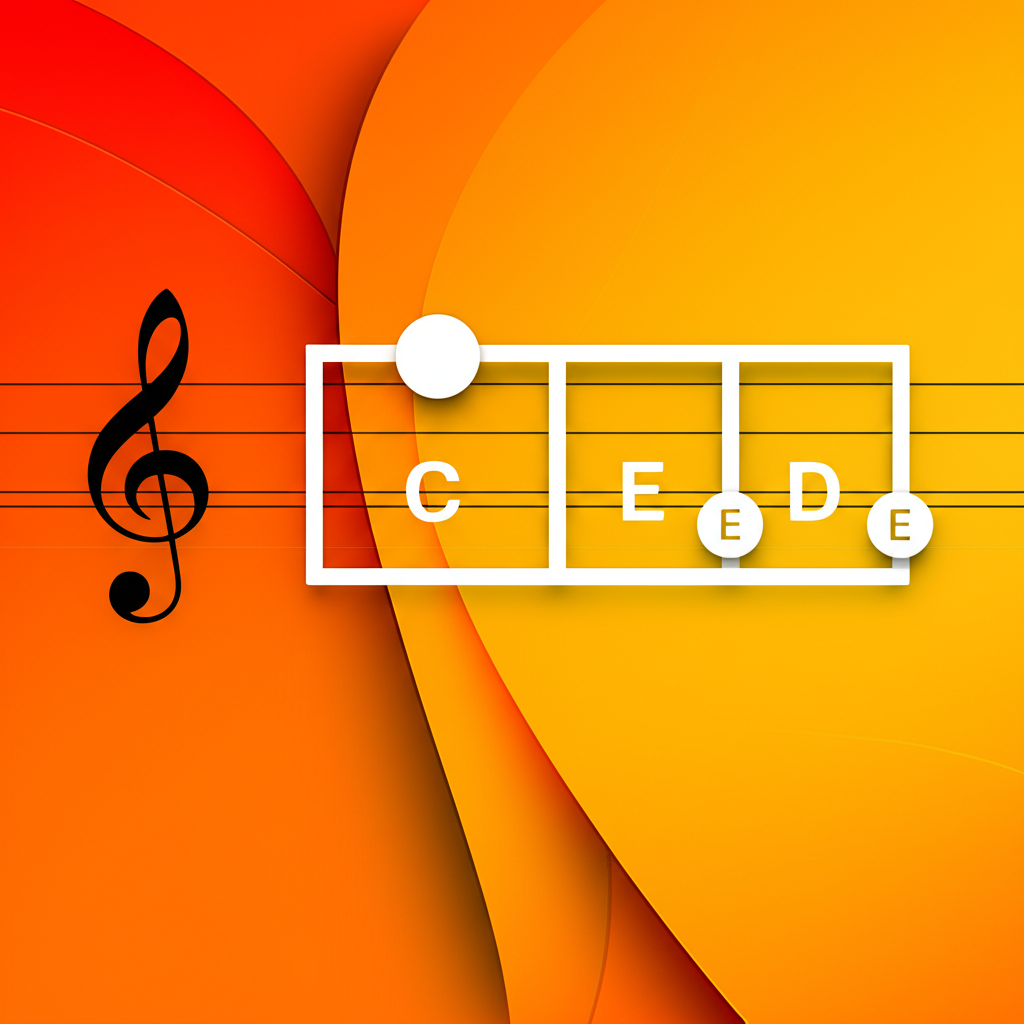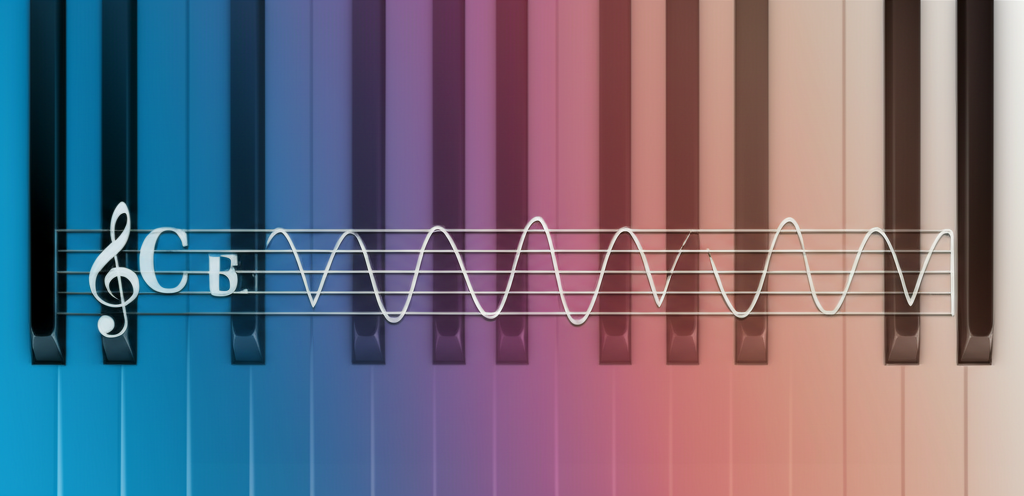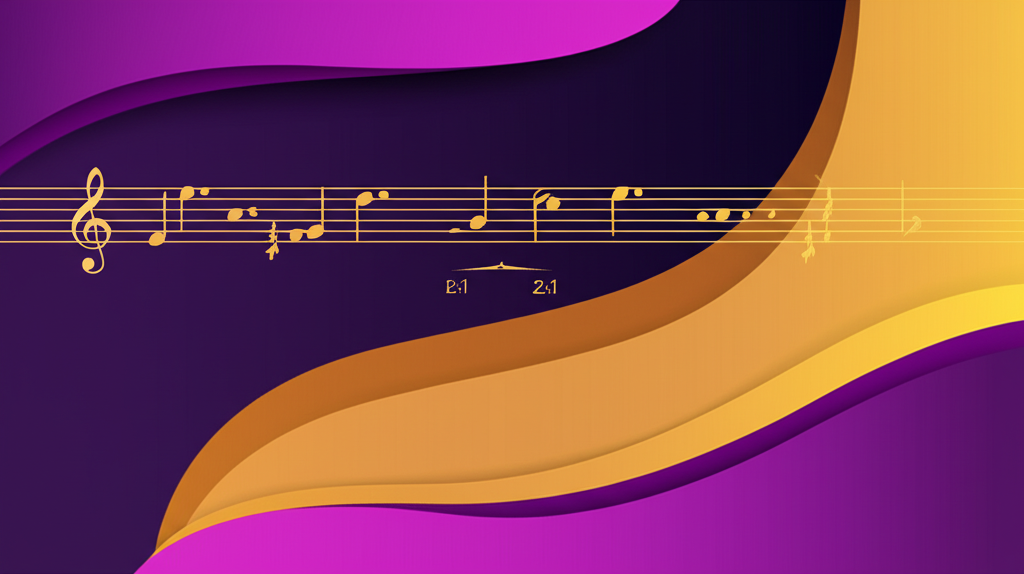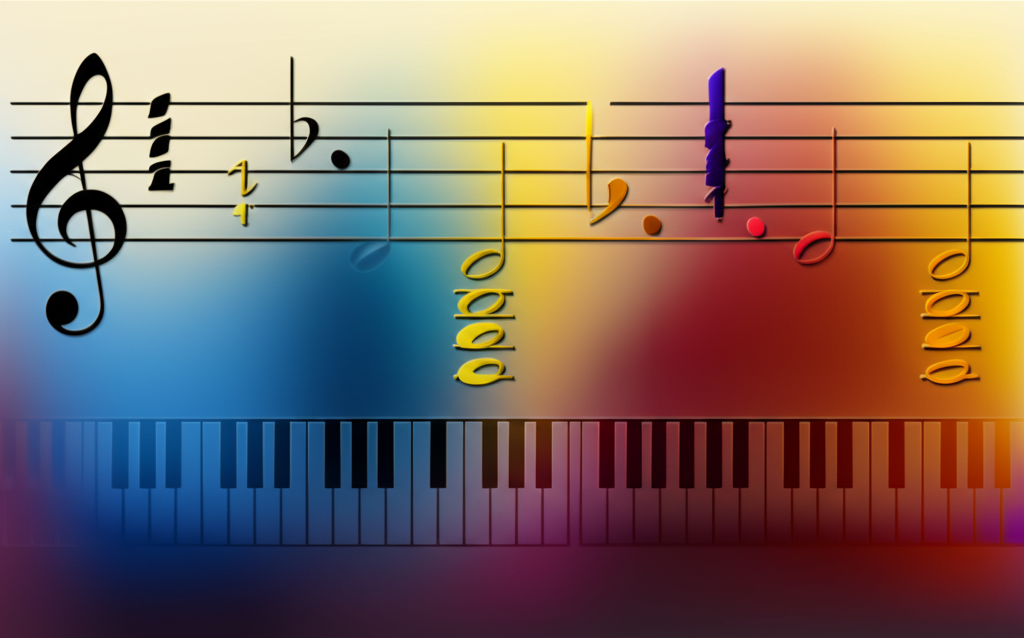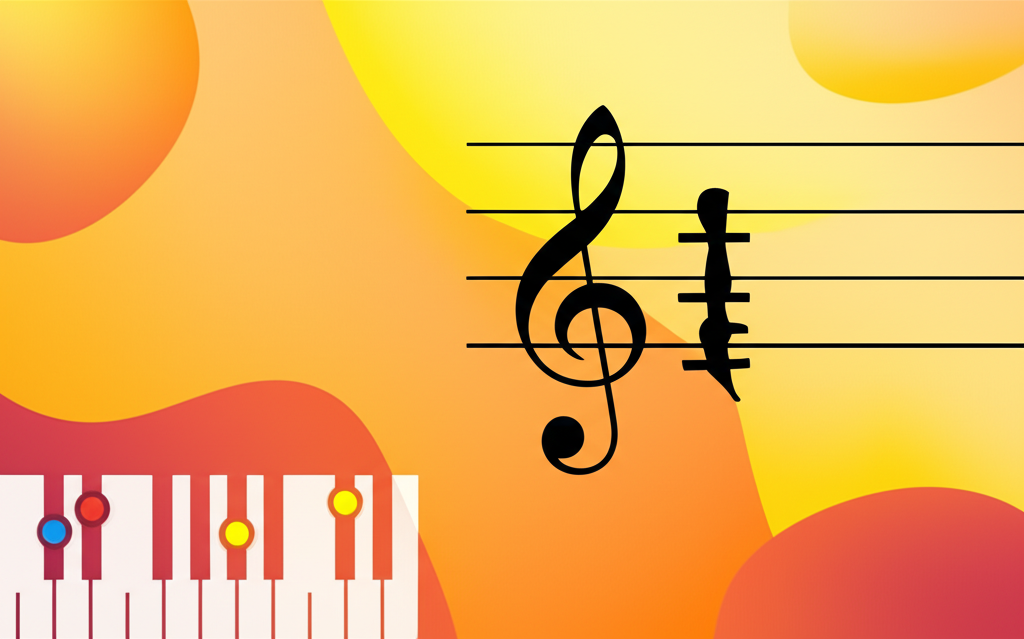
The Composer's Secret Weapon: A Deep Dive into Chromatic Modulation

b4n1
June 14, 2025, 10:27 p.m.
The Composer's Secret Weapon: A Deep Dive into Chromatic Modulation
Summary:
This article explores the powerful and expressive technique of chromatic modulation. We'll demystify how composers use chromatically altered chords and clever voice leading to create seamless yet dramatic shifts between keys. Understanding this concept is essential for any serious musician wanting to grasp the emotional depth of music from the Classical period to modern film scores.
Keywords:
Chromatic Modulation, Music Theory, Harmony, Key Change, Pivot Chord, Enharmonic Modulation, Secondary Dominant, Voice Leading, Music Composition, Romantic Music
Introduction:
Have you ever listened to a piece by Schubert or Wagner and felt the musical ground suddenly shift beneath your feet? That thrilling, unexpected change in mood and color is often the work of a sophisticated technique called chromatic modulation. While simpler diatonic modulations move between closely related keys using shared chords, chromatic modulation is the composer's secret weapon for venturing into more distant and emotionally-charged tonal landscapes. It’s a journey from one key to another that takes an unexpected, yet wonderfully logical, turn.
Definition and Classification:
Chromatic modulation is the process of changing from one key to another using a pivot chord that is chromatic (not native) to one or both keys, or by using a smooth chromatic melodic line to connect the keys without a traditional pivot chord. This creates a more surprising and intense effect than a standard diatonic modulation. The main types include:
- Modulation via a Secondary or Altered Chord: This is a very common method. A chord that is chromatic in the original key, such as a secondary dominant, is used to pivot to the new key where it functions diatonically. For example, an E7 chord in C major is chromatic (due to the G#), but it functions perfectly as the V7 chord to establish the new key of A minor.
- Enharmonic Modulation: This clever technique uses a chord that can be spelled in two different ways, allowing it to function in two different keys. The most famous example is reinterpreting a German augmented sixth chord (Ger+6) as a dominant seventh chord (V7), instantly opening a door to a distant key.
- Common Tone Modulation: Here, a single note is sustained from the final chord of the old key and becomes a member of the first chord in the new key. The shared note acts as an anchor, providing a smooth, almost dreamlike transition between what can be very unrelated keys.
Examples:
Example 1: Modulation to the Relative Minor via a Secondary Dominant
This example shows a modulation from C Major to its relative minor, A minor. The pivot is the E7 chord. While E is the dominant of A minor, it is chromatic to C Major because of the G# note. This creates a strong pull to the new tonic, Am.
Explanation: The progression is C (I) -> G (V) -> E7 (V7/vi) -> Am (vi). The E7 chord acts as the pivot, chromatically leading to the new key center of A minor.
Example 2: Enharmonic Modulation (Ger+6 to V7)
Here is a classic enharmonic modulation, moving from C minor to the distant key of Db Major. The German augmented sixth chord in C minor (Ab-C-Eb-F#) is re-spelled as an Ab7 chord (Ab-C-Eb-Gb), which is the V7 of Db Major.
Explanation: The progression begins with a C minor chord. The second chord is the German +6 in C minor. By reinterpreting the F# as a Gb, this chord becomes an Ab7, which functions as the V7 in the new key of Db Major, resolving strongly to the new tonic, Db.
Practical Applications:
Chromatic modulation is a cornerstone of dramatic musical storytelling. In opera and lieder, it's used to reflect a sudden change in a character's thoughts or the emotional subtext of the lyrics. Schubert’s "Gretchen am Spinnrade" uses modulation to express Gretchen's growing agitation. In sonatas and symphonies, composers like Beethoven and Brahms used it to build tension in development sections and create breathtaking transitions. You can also hear its influence in modern film scores, where composers like John Williams use chromatic shifts to heighten drama and wonder.
Historical Figures:
While earlier composers hinted at it, chromatic modulation truly flourished in the hands of the Romantics. Franz Schubert was a master of the art, using sudden shifts to distant keys to create profound emotional depth in his songs and instrumental works. He could move from light to shadow in the space of a single chord. Later, Richard Wagner took chromaticism to its extreme. In works like *Tristan und Isolde*, he used a web of continuous, unresolved chromatic modulations to create a sense of endless longing, pushing the boundaries of traditional tonality and paving the way for 20th-century music.
Fun Facts:
The famous "Tristan chord" from the opening of Wagner's opera is perhaps the most debated chord in music history. It's an intensely chromatic and ambiguous chord that doesn't resolve for hours, perfectly capturing the opera's theme of unfulfilled desire. Musicologists still argue about its precise function, but everyone agrees it's a monumental example of chromatic harmony. Another fun fact: The German Augmented Sixth chord isn't exclusively German! It's also known as the French +6 and Italian +6, with slight variations in spelling. The "German" version is unique because it's the one that can be enharmonically reinterpreted as a V7 chord.
Conclusions:
Chromatic modulation is far more than a dry music theory topic; it's a gateway to understanding how composers manipulate our emotions. It’s the art of the unexpected journey, a tool that can inject surprise, drama, and profound beauty into a piece of music. By learning to recognize these artful shifts, you deepen your appreciation for the craft of composition and the expressive power of harmony. The next time you listen to your favorite music, ask yourself: does the key ever change? And if so, how did the composer get me here?
References:
Kostka, S., & Payne, D. (2018). Tonal Harmony. McGraw-Hill Education.
Rosen, C. (1998). The Classical Style: Haydn, Mozart, Beethoven. W. W. Norton & Company.
Aldwell, E., & Schachter, C. (2011). Harmony & Voice Leading (4th ed.). Schirmer, Cengage Learning.

